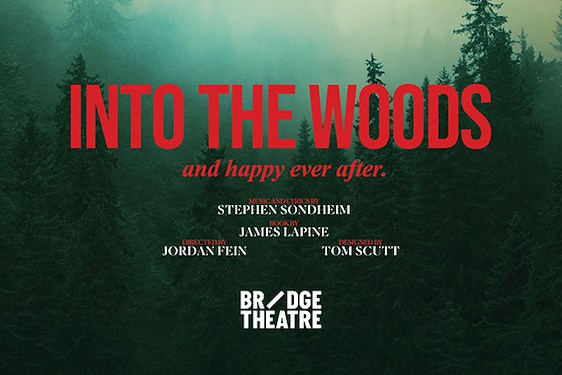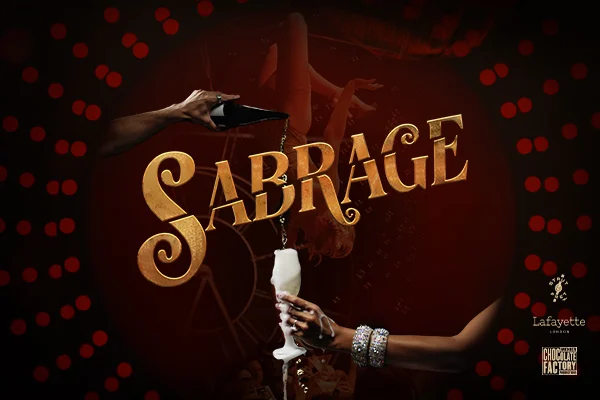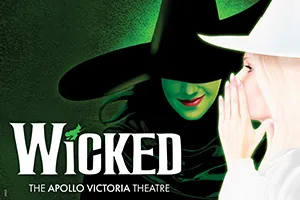In an era where arts journalism is shrinking, the role of public relations agents in shaping narratives has never been more crucial. For production companies seeking media coverage, choosing the right PR agent can be the difference between a story that resonates and one that goes unnoticed.
As the landscape of arts journalism continues to evolve, the expectations placed on PR agents are changing too
The decline in arts journalism has been stark over the past two decades. Newsrooms have downsized, arts desks have been merged or eliminated and many experienced critics have left the industry altogether. As a result, press releases that require significant reworking are far less likely to get picked up by time-strapped journalists. In this landscape, PR agents who can craft media-ready content have a distinct advantage.
But how can production companies identify PR agents who are equipped to navigate these challenges?
Look for Evidence of Editorial Experience
Journalists are less likely to rework press releases today than they were twenty years ago. A good PR agent understands how to write in a way that aligns with journalistic standards. Look for agents with a background in journalism or those who can demonstrate a track record of placing stories that are ready to publish.
Assess Their Understanding of Digital Platforms
Digital content needs to be structured differently from traditional print. A strong PR agent will know how to format listings information so it can be easily adapted for online publication. This includes concise, SEO-friendly headlines, compelling subheads and clear calls to action that can be lifted directly into online event calendars or feature sections.
Ask About Their Media Network
As traditional arts journalism declines, freelancers and niche arts platforms have become more influential. The right PR agent will have connections not just with mainstream editors but with independent writers, bloggers and emerging digital platforms that still value in-depth arts coverage.
Evaluate Their Ability to Provide Ready-to-Publish Content
In a world where arts journalists are overstretched, press releases need to be almost story-ready. Ask potential PR agents for examples of press releases that have been picked up with minimal editing. Look for agents who can provide quotes, high-quality images and suggested headlines as part of their standard service.
Consider Their Approach to Data and Trend-Based Stories
Production companies that can link their work to wider cultural trends are more likely to get coverage. PR agents who can incorporate data-driven insights or connect your production to a timely cultural narrative will be better positioned to secure media interest.
Request Testimonials and Case Studies
Look for PR agents who can provide specific examples of past campaigns that have resulted in substantial media coverage. Ideally, these examples should include arts-focused publications or high-profile digital platforms.
As the landscape of arts journalism continues to evolve, the expectations placed on PR agents are changing too. Production companies need to choose agents who can not only craft compelling narratives but who also understand how to position those narratives in a media environment where time and space are increasingly scarce.


















